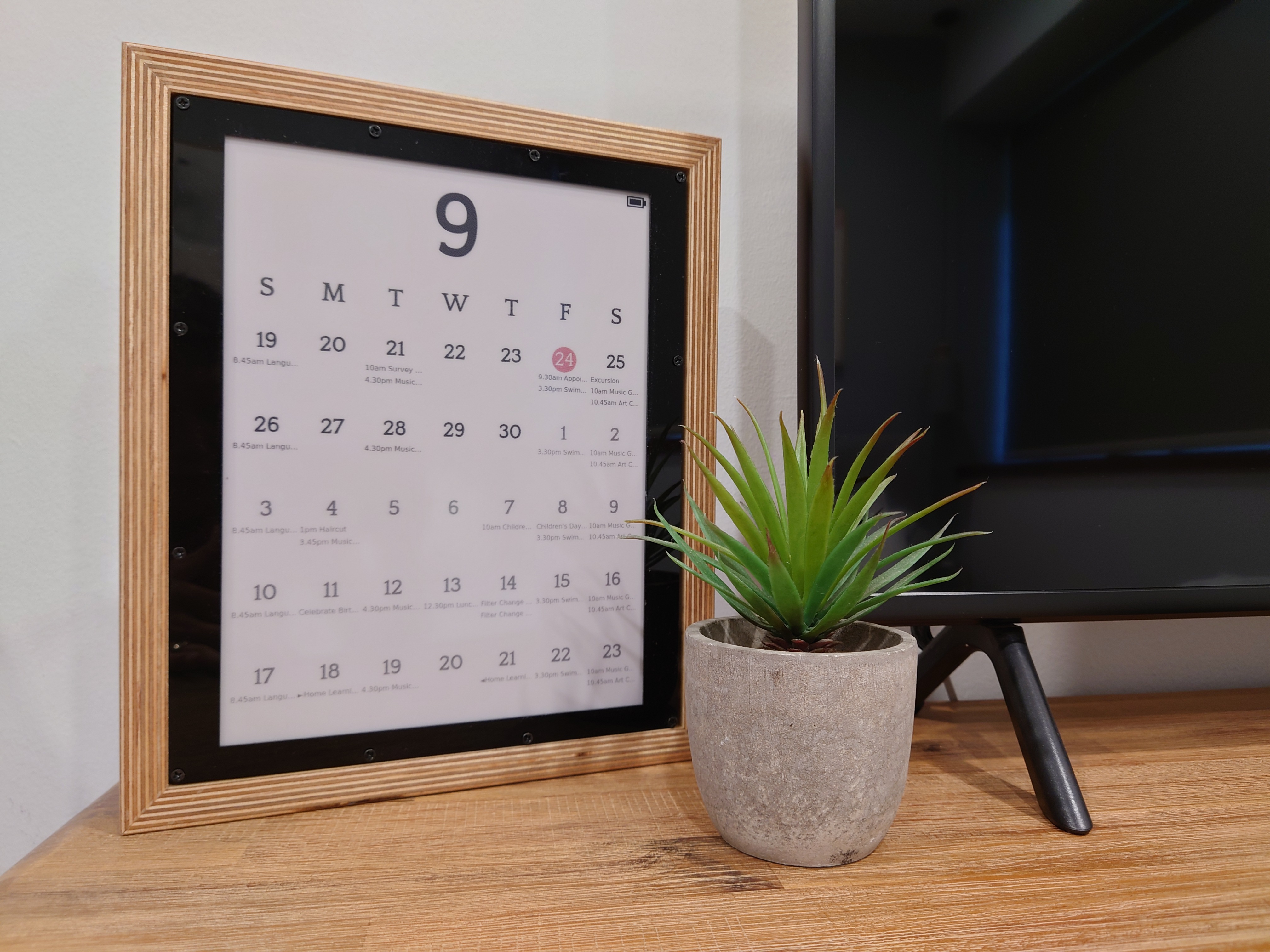Zero-DCE++
You can find more details here: https://li-chongyi.github.io/Proj_Zero-DCE++.html.
You can find the details of our CVPR version: https://li-chongyi.github.io/Proj_Zero-DCE.html.
Pytorch
Pytorch implementation of Zero-DCE++
Requirements
- Python 3.7
- Pytorch 1.0.0
- opencv
- torchvision 0.2.1
- cuda 10.0
Zero-DCE++ does not need special configurations. Just basic environment.
Or you can create a conda environment to run our code like this: conda create --name zerodce++_env opencv pytorch==1.0.0 torchvision==0.2.1 cuda100 python=3.7 -c pytorch
Folder structure
Download the Zero-DCE++ first. The following shows the basic folder structure.
├── data
│ ├── test_data
│ └── train_data
├── lowlight_test.py # testing code
├── lowlight_train.py # training code
├── model.py # Zero-DEC++ network
├── dataloader.py
├── snapshots_Zero_DCE++
│ ├── Epoch99.pth # A pre-trained snapshot (Epoch99.pth)
Test:
cd Zero-DCE++
python lowlight_test.py
The script will process the images in the sub-folders of "test_data" folder and make a new folder "result" in the "data". You can find the enhanced images in the "result" folder.
Train:
cd Zero-DCE++
python lowlight_train.py
License
The code is made available for academic research purpose only. This project is open sourced under MIT license.
Bibtex
@inproceedings{Zero-DCE++,
author = {Li, Chongyi and Guo, Chunle Guo and Loy, Chen Change},
title = {Learning to Enhance Low-Light Image via Zero-Reference Deep Curve Estimation},
booktitle = {IEEE Transactions on Pattern Analysis and Machine Intelligence},
pages = {},
month = {},
year = {2021}
doi={10.1109/TPAMI.2021.3063604}
}
(Full paper: https://ieeexplore.ieee.org/document/9369102 or arXiv version: https://arxiv.org/abs/2103.00860)
Contact
If you have any questions, please contact Chongyi Li at [email protected] or Chunle Guo at [email protected].









